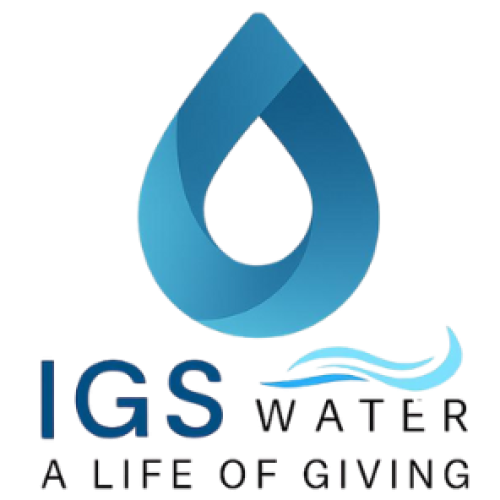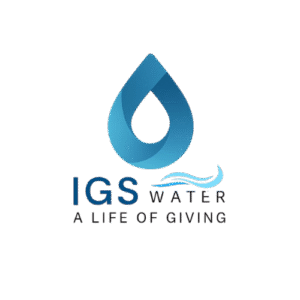We tend to trust what we see. If water looks clear, smells fine, and flows smoothly, then it must be okay — right?
Not always.
Across industries like agriculture, aquaculture, and wastewater treatment, water that appears clean can still be underperforming or even harmful below the surface. And the damage often goes unnoticed until it becomes a costly problem.
The Invisible Issues Lurking in Water Systems
Let’s take an example from aquaculture. A pond might seem perfectly fine, but if dissolved oxygen levels are low or there’s an imbalance in microbial activity, fish may grow slower or experience stress. Over time, this affects yield, health, and operational costs.
The same goes for irrigation water in agriculture. Water that carries organic buildup or lacks oxygen may impact soil quality and crop growth — even if it looks clear when it comes out of the hose.
And in wastewater systems, relying on visual inspection alone means missing early signs of poor treatment efficiency or odor-causing bacteria.
Why “Good Enough” Isn’t Enough Anymore
Modern water challenges require a closer look. Waiting until there’s a visible sign of a problem often means you’re already behind. Odors, algae blooms, discoloration — these are all symptoms, not root causes.
By monitoring and improving what’s happening at the microscopic level — especially oxygen levels and gas transfer — businesses and industries can prevent problems before they surface.
It Starts with Awareness
You don’t need to overhaul your system overnight. But it helps to ask deeper questions:
- Are we getting the most out of the water we’re using?
- Are there silent inefficiencies in our process?
- Could healthier water improve outcomes across the board?
At IGS Water, we’re passionate about helping people see their water differently — not just for how it looks, but for how it works.
Because clear doesn’t always mean clean. And clean doesn’t always mean efficient.

